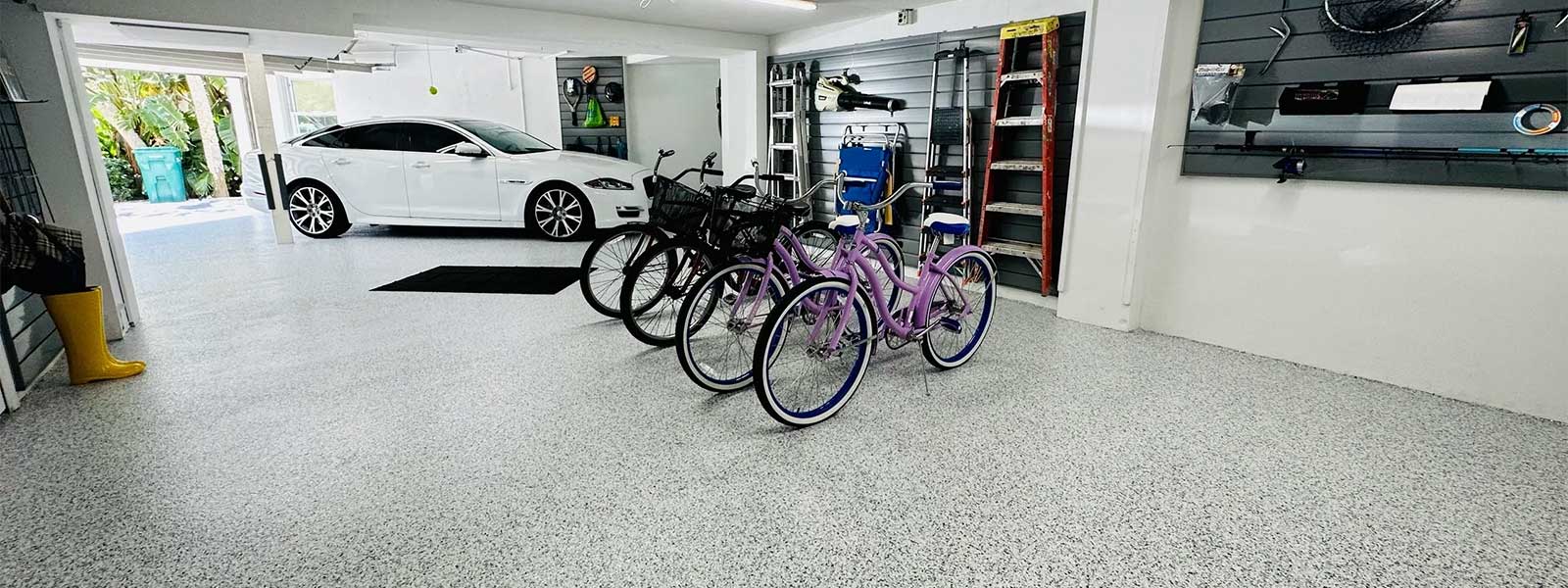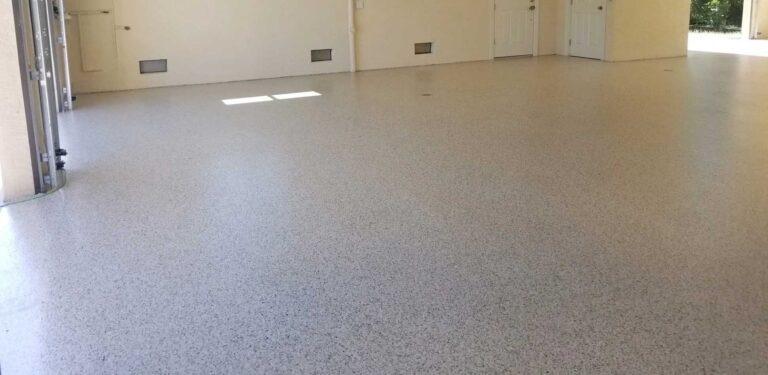The Future of Floor Coating: Why Polyaspartic Outshines Epoxy
When it comes to floor coating, two popular options often come to mind: polyaspartic and epoxy. While both offer benefits in terms of durability and aesthetics, polyaspartic has emerged as the superior choice for modern applications. In this blog post, we will explore the reasons why polyaspartic is gradually outweighing epoxy in the realm of floor coating.
1. Superior Durability:
Polyaspartic coatings are renowned for their exceptional durability, even in the face of heavy foot traffic, machinery, and chemical spills. Unlike epoxy, polyaspartic does not yellow or degrade with exposure to UV rays. Its advanced chemical composition allows it to maintain its clarity and gloss for extended periods, making it the ideal choice for high-traffic areas like commercial spaces, garages, or manufacturing facilities.
2. Rapid Installation and Cure Time:
One of the key advantages of using polyaspartic coatings over epoxy is their quick installation and cure time. Unlike epoxy, which typically requires multiple coats, polyaspartic coatings can be applied in a single layer. This ensures a swift flooring project, minimizing downtime and disruptions to daily operations. In comparison, epoxy coatings need a longer curing time, often requiring shutdowns or temporary relocation during application.
3. UV and Weather Resistance:
Polyaspartic coatings possess remarkable resistance to UV rays, which is crucial for outdoor and commercial applications. Epoxy, on the other hand, tends to degrade when exposed to the sun for prolonged periods and may result in color fading or a yellowish appearance. Additionally, polyaspartic coatings also showcase excellent resistance to extreme temperatures, making them suitable for colder regions or environments subject to frequent temperature fluctuations.
4. Enhanced Adhesion:
Polyaspartic coatings boast an inherent chemical structure that enhances their adhesion to substrates. This property enables polyaspartic to bond securely to various surfaces, including concrete, wood, or metal. Unlike epoxy, polyaspartic coatings firmly adhere to substrates without the need for primers or time-consuming surface preparation.
5. Low Maintenance and Easy Cleaning:
Polyaspartic coatings require minimal maintenance due to their resistance to stains, chemicals, and abrasions. Cleaning is a breeze with this coating, as spills and stains can be wiped away easily. In comparison, epoxy may require periodic floor waxing or even the need to resurface in high-traffic areas to maintain its appearance and protection.
The rising popularity of polyaspartic coatings can be attributed to its superior characteristics and notable advantages over epoxy. Its exceptional durability, faster installation and cure time, UV and weather resistance, enhanced adhesion, and easy maintenance make polyaspartic the ideal choice for a wide range of applications.
Although epoxy has been a popular flooring choice for many years, the versatility, efficiency, and long-lasting performance of polyaspartic coatings are quickly establishing them as the go-to option in the floor coating industry. Whether you’re a homeowner, business owner, or facility manager, choosing polyaspartic over epoxy promises a superior flooring solution that is both visually appealing and built to withstand the test of time.


